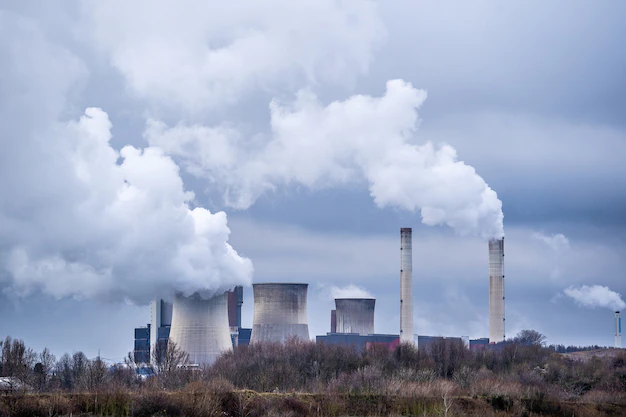An experienced electrical safety professional, Dianoush Emami graduated with a BS in electrical engineering from the University of Southern California. Drawing on a career spanning three decades, Dianoush has also designed and implemented high-voltage systems for use in power generation and electrical substation facilities.
Intelligent Electronic Devices (IEDs) are built using microprocessor technology. In substations, IEDs serve as an integral component of the substation automation system. They essentially collect data on the state of different substation devices, process and interpret the data, and trigger autonomous control commands in a fraction of a second if an abnormal situation is identified. The control command can sometimes remedy the fault completely.
IEDs can also transfer information via multiple communication modes. Local operators and remote personnel can access this information for troubleshooting. In most substations, a special system called the Supervisory Control and Data Acquisition (SCADA) system centralizes communication from various IEDs, streamlining substation supervision.










